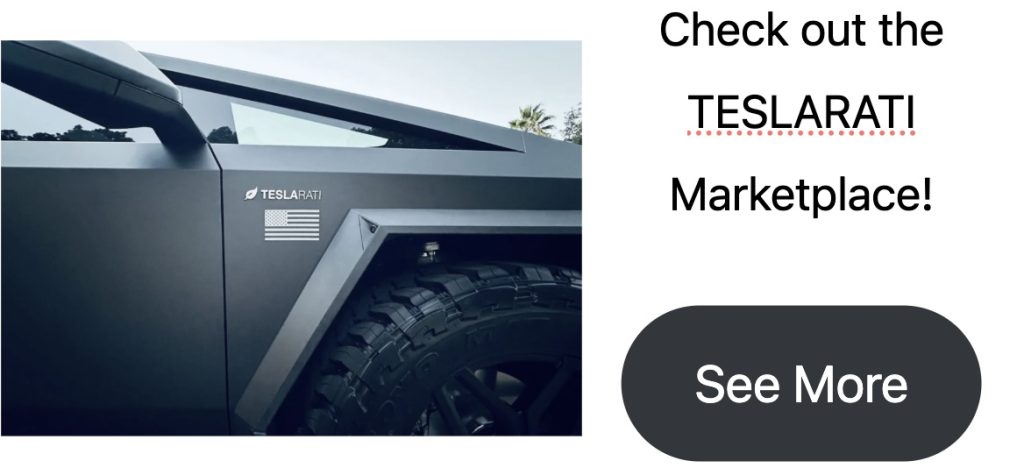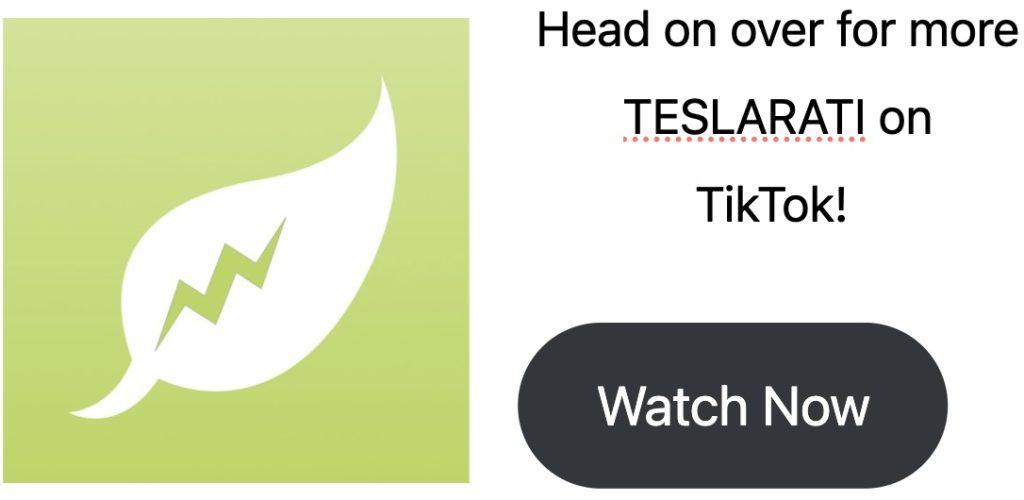

Elon Musk
Elon Musk’s ‘Dexit’ sparks corporate exodus, threatens Delaware’s business throne
Delaware’s corporate grip seems to be slipping. Frustrated CEOs, echoing Elon Musk’s frustrations with the state, are ditching the state’s Chancery Court and reincorporating elsewhere—a movement that has been colloquially dubbed as “Dexit.”
The “Dexit” Exodus:
- Meta, Dropbox, Pershing Square, Trade Desk, Fidelity National Financial, and Sonoma Pharmaceuticals have drafted up plans to potentially exit Delaware and incorporate somewhere else, as noted in a Yahoo Finance report.
- These companies, if they do leave, would join Elon Musk’s Tesla, SpaceX, Boring Company, Neuralink, and X.
- The trend has been informally dubbed as “Dexit.”
- Musk’s companies left the state after Delaware Judge Chancellor Kathaleen McCormick struck down the CEO’s 2018 pay package after all its targets had already been achieved.
Musk’s warning:
- Musk has been very open about his disdain over Delaware’s courts. “Never incorporate your company in the state of Delaware,” he posted on X in January 2024.
- Musk’s frustration with Delaware became even more evident after Chancellor McCormick refused to consider the decision of TSLA shareholders, who ratified the CEO’s pay package during its 2024 Annual Meeting of Stockholders.
- Tesla shareholders have voted to reincorporate the company in Texas instead of Delaware during its last annual meeting.
Experts Weigh In:
- “I think there is a lot of pressure on Delaware,” said University of Virginia Law School professor Michal Barzuza. “And I think the more moving, the easier it becomes for others to move.”
- Pershing Square CEO Bill Ackman was among the entrepreneurs who have opted to leave Delaware. In a post on X, he announced that he is leaving the state for Nevada.
- “We are reincorporating our management company in Nevada for the same reason. Top law firms are recommending Nevada and Texas over Delaware,” Ackman wrote.
- Coinbase chief legal officer Paul Grewal shared similar sentiments in recent weeks.
- “I’ve tried cases to Delaware juries, enjoyed friendships with Delaware judges, and taught classes to Delaware lawyers. The Hotel DuPont is a familiar stay, and I’ve bought too many shirts and ties to count at Wright & Simon in Wilmington. And so I share this with affection, not animosity: Delaware is at serious risk of losing its standing as the leading state of incorporation for American companies,” Grewal wrote.
The Stakes for Delaware:
- For roughly a century, Delaware has lured companies with business-friendly laws, a specialized court, and easy filings. Due to these, the state hosts over two-thirds of Fortune 500 firms.
- Incorporation fees are a notable part of Delaware’s economy. In 2024, incorporation fees brought $1.33 billion to the state.
- Delaware rivals like Nevada, Texas, and Wyoming are now muscling in with their own pro-business pitches.
- New Delaware Gov. Matt Meyer is digging into Chancery complaints.
- “I’m hearing something similar from a number of Delaware companies and attorneys. That they feel like they get the same judge every time when they come to Delaware business court, and they don’t feel like they are getting a fair hearing,” he told CNBC.


Don’t hesitate to contact us with news tips. Just send a message to simon@teslarati.com to give us a heads up.

Elon Musk
Tesla CEO Elon Musk drops massive bomb about Cybercab
“And there is so much to this car that is not obvious on the surface,” Musk said.

Tesla CEO Elon Musk dropped a massive bomb about the Cybercab, which is the company’s fully autonomous ride-hailing vehicle that will enter production later this year.
The Cybercab was unveiled back in October 2024 at the company’s “We, Robot” event in Los Angeles, and is among the major catalysts for the company’s growth in the coming years. It is expected to push Tesla into a major growth phase, especially as the automaker is transitioning into more of an AI and Robotics company than anything else.
The Cybercab will enable completely autonomous ride-hailing for Tesla, and although its other vehicles will also be capable of this technology, the Cybercab is slightly different. It will have no steering wheel or pedals, and will allow two occupants to travel from Point A to Point B with zero responsibilities within the car.
Tesla shares epic 2025 recap video, confirms start of Cybercab production
Details on the Cybercab are pretty face value at this point: we know Tesla is enabling 1-2 passengers to ride in it at a time, and this strategy was based on statistics that show most ride-hailing trips have no more than two occupants. It will also have in-vehicle entertainment options accessible from the center touchscreen.
It will also have wireless charging capabilities, which were displayed at “We, Robot,” and there could be more features that will be highly beneficial to riders, offering a full-fledged autonomous experience.
Musk dropped a big hint that there is much more to the Cybercab than what we know, as a post on X said that “there is so much to this car that is not obvious on the surface.”
And there is so much to this car that is not obvious on the surface
— Elon Musk (@elonmusk) January 2, 2026
As the Cybercab is expected to enter production later this year, Tesla is surely going to include a handful of things they have not yet revealed to the public.
Musk seems to be indicating that some of the features will make it even more groundbreaking, and the idea is to enable a truly autonomous experience from start to finish for riders. Everything from climate control to emergency systems, and more, should be included with the car.
It seems more likely than not that Tesla will make the Cybercab its smartest vehicle so far, as if its current lineup is not already extremely intelligent, user-friendly, and intuitive.
Elon Musk
Tesla analyst breaks down delivery report: ‘A step in the right direction’
“This will be viewed as better than feared deliveries and a step in the right direction for the Tesla story heading into 2026,” Ives wrote.

Tesla analyst Dan Ives of Wedbush released a new note on Friday morning just after the company released production and delivery figures for Q4 and the full year of 2025, stating that the numbers, while slightly underwhelming, are “better than feared” and as “a step in the right direction.”
Tesla reported production of 434,358 and deliveries of 418,227 for the fourth quarter, while 1,654,667 vehicles were produced and 1,636,129 cars were delivered for the full year.
Tesla releases Q4 and FY 2025 vehicle delivery and production report
Interestingly, the company posted its own consensus figures that were compiled from various firms on its website a few days ago, where expectations were set at 1,640,752 cars for the year. Tesla fell about 4,000 units short of that. One of the areas where Tesla excelled was energy deployments, which totaled 46.7 GWh for the year.
🚨 Wedbush’s Dan Ives has released a new note on Tesla $TSLA:
“Tesla announced its FY4Q25 delivery numbers this morning coming in at 418.2k vehicles slightly below the company’s consensus delivery estimate of 422.9k but much better than the whisper numbers of ~410k as the…
— TESLARATI (@Teslarati) January 2, 2026
In terms of vehicle deliveries, Ives writes that Tesla certainly has some things to work through if it wants to return to growth in that aspect, especially with the loss of the $7,500 tax credit in the U.S. and “continuous headwinds” for the company in Europe.
However, Ives also believes that, given the delivery numbers, which were on par with expectations, Tesla is positioned well for a strong 2026, especially with its AI focus, Robotaxi and Cybercab development, and energy:
“This will be viewed as better than feared deliveries and a step in the right direction for the Tesla story heading into 2026. We look forward to hearing more at the company’s 4Q25 call on January 28th. AI Valuation – The Focus Throughout 2026. We believe Tesla could reach a $2 trillion market cap over the coming year and, in a bull case scenario, $3 trillion by the end of 2026…as full-scale volume production begins with the autonomous and robotics roadmap…The company has started to test the all-important Cybercab in Austin over the past few weeks, which is an incremental step towards launching in 2026 with important volume production of Cybercabs starting in April/May, which remains the golden goose in unlocking TSLA’s AI valuation.”
It’s no secret that for the past several years, Tesla’s vehicle delivery numbers have been the main focus of investors and analysts have looked at them as an indicator of company health to a certain extent. The problem with that narrative in 2025 and 2026 is that Tesla is now focusing more on the deployment of Full Self-Driving, its Optimus project, AI development, and Cybercab.
While vehicle deliveries still hold importance, it is more crucial to note that Tesla’s overall environment as a business relies on much more than just how many cars are purchased. That metric, to a certain extent, is fading in importance in the grand scheme of things, but it will never totally disappear.
Ives and Wedbush maintained their $600 price target and an ‘Outperform’ rating on the stock.
Elon Musk
Starlink achieves major milestones in 2025 progress report
Starlink wrapped up 2025 with impressive growth, adding more than 4.6 million new active customers and expanding service to 35 additional countries, territories, and markets.

Starlink wrapped up 2025 with impressive growth, adding more than 4.6 million new active customers and expanding service to 35 additional countries, territories, and markets. The company also completed deployment of its first-generation Direct to Cell constellation, launching over 650 satellites in just 18 months to enable cellular connectivity.
SpaceX highlighted Starlink’s impressive 2025 progress in an extensive report.
Key achievements from Starlink’s 2025 Progress
Starlink connected over 4.6 million new customers with high-speed internet while bringing service to 35 more regions worldwide in 2025. Starlink is now connecting 9.2 million people worldwide. The service achieved this just weeks after hitting its 8 million customer milestone.
Starlink is now available in 155 markets, including areas that are unreachable by traditional ISPs. As per SpaceX, Starlink has also provided over 21 million airline passengers and 20 million cruise passengers with reliable high-speed internet connectivity during their travels.
Starlink Direct to Cell
Starlink’s Direct to Cell constellation, more than 650 satellites strong, has already connected over 12 million people at least once, marking a breakthrough in global mobile coverage.
Starlink Direct to Cell is currently rolled out to 22 countries and 6 continents, with over 6 million monthly customers. Starlink Direct to Cell also has 27 MNO partners to date.
“This year, SpaceX completed deployment of the first generation of the Starlink Direct to Cell constellation, with more than 650 satellites launched to low-Earth orbit in just 18 months. Starlink Direct to Cell has connected more than 12 million people, and counting, at least once, providing life-saving connectivity when people need it most,” SpaceX wrote.








